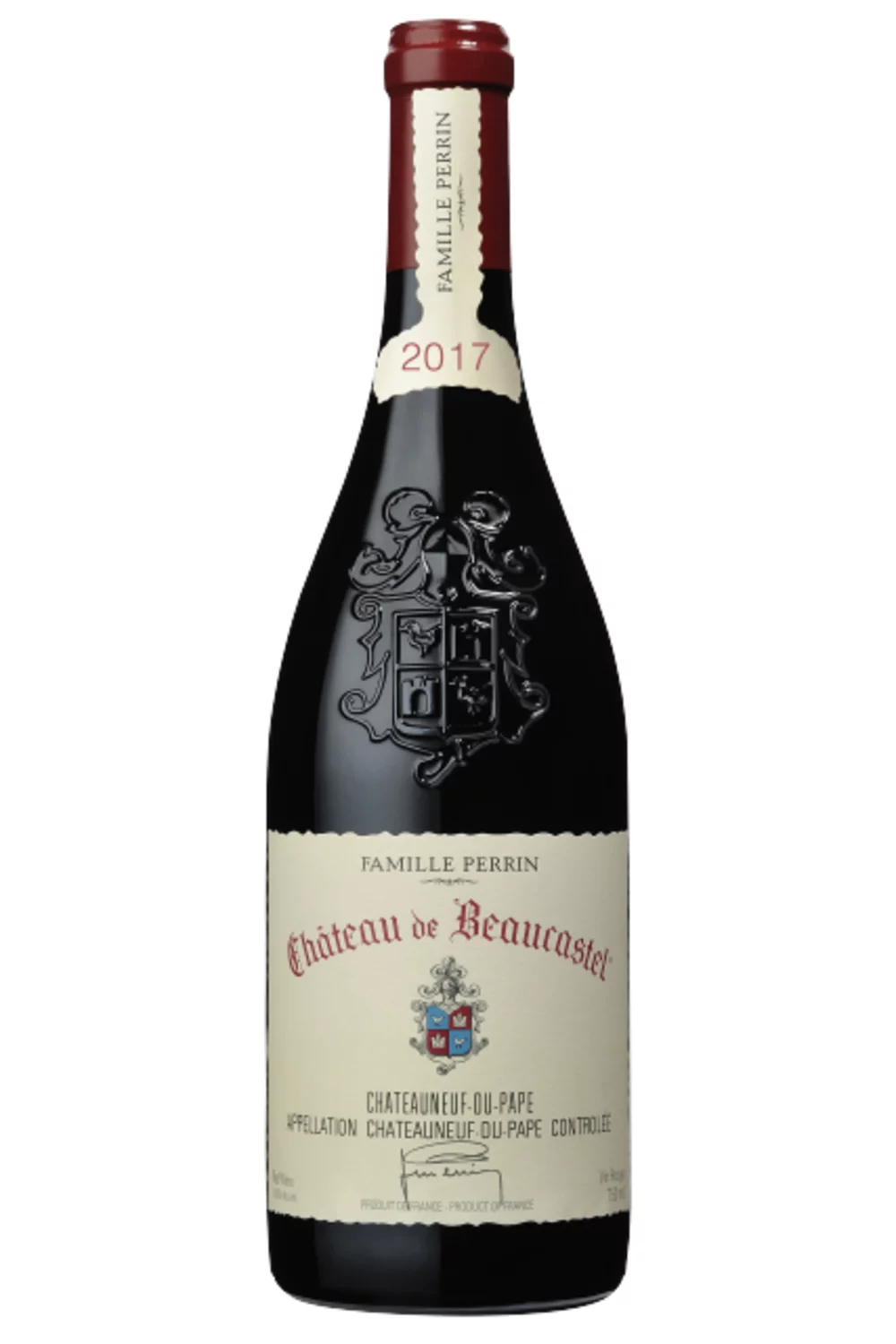Although Châteauneuf-du-Pape is a household name, the wines are not always given the respect they deserve.
In recent years, since wine prices have inflated because it has become an investment product, there has been much talk (and Hollywood films) about wine fraud but this is not a completely new phenomenon. Fraud was a serious problem for Chateauneuf producers 100 years ago. After the first world war the sale of wines labelled as “Châteauneuf-du-Pape” were high but many bottles contained wine bearing no resemblance to the real thing. In 1923 Baron Le Roy de Boiseaumarié, one of the regions most distinguished growers, was instrumental in bringing about growing and production legislation for the Chateauneuf area that controlled quality and protected both quality-conscious producers and consumers.
These early restrictions in wine production were the first seen in France (and therefore the first steps to the creation of the Appellation Controlée system) and have played a key role in how the wine has developed: quality is key in this region and attention to detail a must.
Châteauneuf-du-Pape is located in the Southern Rhone, heading down towards the Mediterranean, with a climate that is hot and dry. The vines grow far apart in soil covered with large, flat stones that absorb the heat of the sun which is then reflected back to the grapes overnight. Thirteen grape varieties are allowed with most producers using Grenache as the backbone and Syrah and Mourvédre as balance with the others playing small roles when needed. The growing restrictions insist on low yields and that only ripe, healthy grapes are permitted for final production. Irrigation is also forbidden.
All this combines to make a wine that is powerful, intense, full-bodied and high in alcohol. Characteristically softer than Côte-Rôtie or Hermitage in the north the wines are also quicker to mature than other Côtes du Rhone wines. They can usually be approached after three or four years with the best of them lasting 10 – 15 years at least.
A fine balance is the measure of a good Châteauneuf-du-Pape and having thirteen grape varieties at your disposal may well be a blessing when dealing with a harsh and unforgiving environment. But with such scope for variation in blends between producers let alone the usual differences between vintages, vineyards, and ageing, getting to know the wines can take time. And to be honest, the style is not for everyone.
There are ways of manoeuvring the appellation to suit different tastes though. If you’re not keen on wines with a very high alcohol content, avoid hot years as the percentage can start to creep up into the 15-16%. If you like the brooding, inky black intensity these types of wines can produce, look for the vieilles vignes wines as old vines bring high flavour concentration thanks to very low yields. If you prefer soft, mellow, silky textured wines, those with a higher percentage of Grenache will offer this; Rayas is famous for producing their Châteauneuf-du-Pape solely from Grenache. For those of you who appreciate the softness of Grenache but want the spice and earthy notes the Rhone is famous for, look for producers who work with a higher number of grape varieties to create their blend; Beaucastel has spent a long time perfecting this.
It is also easy to forget that white wine is made in Châteauneuf-du-Pape. This is a forgivable offence as these wines have a history of being fairly lacklustre. This is changing though, and many good producers have been striving to create a white that will improve the general reputation. Unfortunately, growing and production restrictions are less stringent for white wines and so the quality can vary wildly. It is wise to stick to those producers who are well established with a solid reputation for their reds behind them.
2016 Clos Saint Jean Chateauneuf du Pape £39 per bottle
A mid-point producer that does well in good years and occasionally misses the balance in off years. Although 2016 was a good year in the Rhone, the balance of this wine was initially awkward but it has just started to settle with the heavy fruit softening.
2017 Chateau de Beaucastel Chateauneuf du Pape £64 per bottle
One of the regions most highly regarded producers, Beaucastel have perfected their craft over the years and their standard Chateauneuf is a great example of expert blending. 2017 was one of the great vintages of the last decade. This is still a little young but will be excellent in a few years time.
2010 Domaine Bosquet du Papes Chante Le Merle Chateauneuf du Pape £115 per bottle
This is a vieilles vignes with some serious backbone and epitomises the inky black and brooding type of Chateauneuf. With a good ten years behind it, the softness of the Grenache will be coming through and should offer a lovely silky texture whilst still packing a punch.
2016 Chateau de Beaucastel Roussanne Vieilles Vignes Chateauneuf du Pape £140 per bottle
This is a 100% Roussanne from a single vineyard with a small production. It is certainly niche and some years are not always a roaring success but 2016 was a good year and really shows the complexities and delights of the Roussanne grape.
2012 Clos des Papes Blanc Chateauneuf du Pape £82 per bottle
You might think that this is getting on a bit for a white Chateauneauf but it is a great example of the quality that could be more regularly achieved in the region: a lovely blend of six grape varieties, all of which bring something important to the table. There is a freshness and acidity but with elegance, balanced by ripe fruit and a smokey, earthy minerality.

